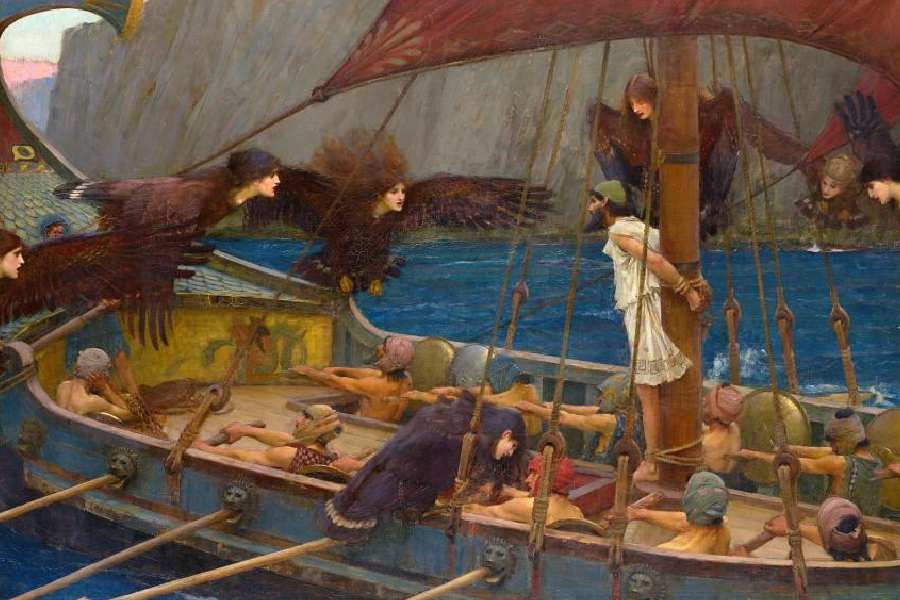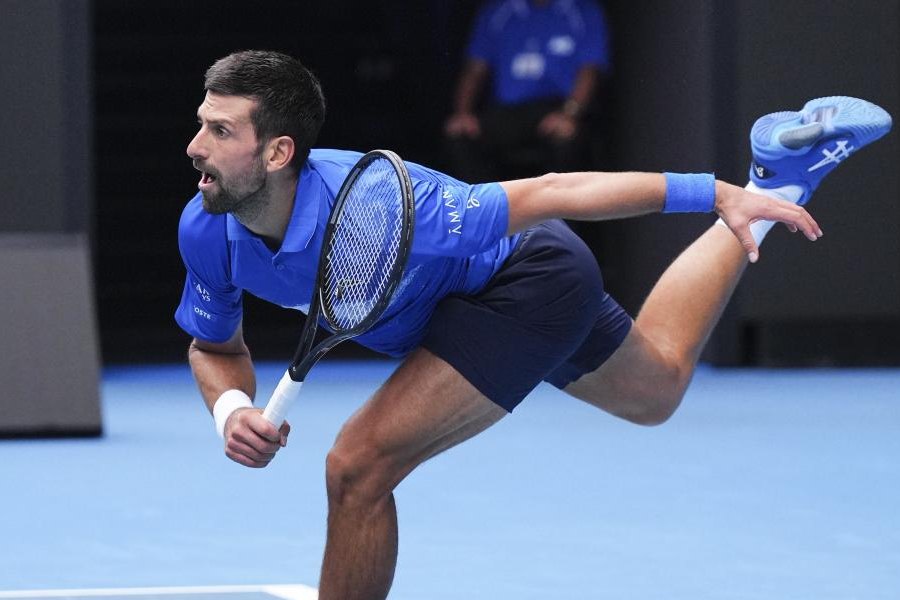Book: ODYSSEY
Author: Stephen Fry
Published by: Michael Joseph
Price: Rs 899
What is common between Leopold Bloom and Mr Toad? While this question might seem like one of Mad Hatter’s batty riddles, there is a perfectly plausible answer — Leopold Bloom from James Joyce’s Ulysses and Mr Toad from The Wind in the Willows by Kenneth Grahame are both based on Odysseus from the Homeric epic that traces his long and arduous journey home after the bloody battle of Troy. Joyce and Grahame are but two names among those who have been lured by The Odyssey — from Margaret Atwood to Madeline Miller in the literary world and from Spongebob Squarepants to the Simpsons in popular culture, this tale of homecoming has been adapted and retold more times than Zeus fell in lust. Why then would one return to yet another retelling of Odysseus’s antics? Because in a world where uncertainty is the only certainty, there is comfort to be had in a familiar tale spiced
up with juicy details or nuances that may have eluded previous authors. If the retelling is in the characteristic debonair tone and deadpan humour of Stephen Fry, then all the better.
Odyssey is the fourth, and possibly the last, book in Fry’s recounting of Greek myths and also the least faithful to the original epic. Fry plays with the idea of homecoming to cover other journeys back from the carnage of Troy — a lustful Agamemnon returning home to meet his death at the hands of Clytemnestra, Menelaus bringing Helen back to Sparta, and even the Trojan warrior, Aeneas, arriving and then abandoning Dido to go and found a new land — reminding readers of the many Greek ‘nostoi’ (oral tales of homecoming) about the other heroes of the Trojan war that were lost unlike the two Homeric epics. But not all of Fry’s digressions from the original are as fruitful. For instance, Telemachus’s cruel killing of the maidservants who had gone to bed with Penelope’s suitors is conveniently excised from the story, making him seem like a devoted son overjoyed at his parents’ reconciliation. In the epics, Telemachus was a petulant teenager who took great pleasure in dominating his mother and policing her moral chastity. In another deviation, Fry suggests that it was Odysseus who came up with the plan of the contest of the bow, stealing credit for a magnificently clever idea that should belong solely to Penelope.
While readers have become familiar with the flippant tone that the author lends to the imperious Greeks — and this does make for entertaining reading — this often leads to an oversimplification of the characters who, given the scope of the original epic, are rather complicated and flawed. Fry’s Agamemnon thus comes across as a doting, if absent-minded, father (never mind the fact that he tricked his wife into bringing their daughter to Aulis to be sacrificed) while his wife, Clytemnestra, seems like a conniving woman who kills him merely to be with her lover and not to avenge the killing of her daughter. At this point, one is forced to wonder why it is always women who are given the sh+ort shrift by this modern-day knight.
Where Fry shines is in the footnotes — at times longer than the text itself — making delightful intertextual connections (he contends that the lotus-eaters were actually munching on lettuce by referring to Beatrix Potter’s The Tale of the Flopsy Bunnies and the name of the island, Cos), discussing lexicology, pronunciation, drawing modern parallels and editorialising.
Fry leaves readers with a fascinating proposition: “We might recoil at the idea, but the current thinking on who Homer was — a kind of crowd-sourced compendium — could remind us of the way generative... AI works.”










